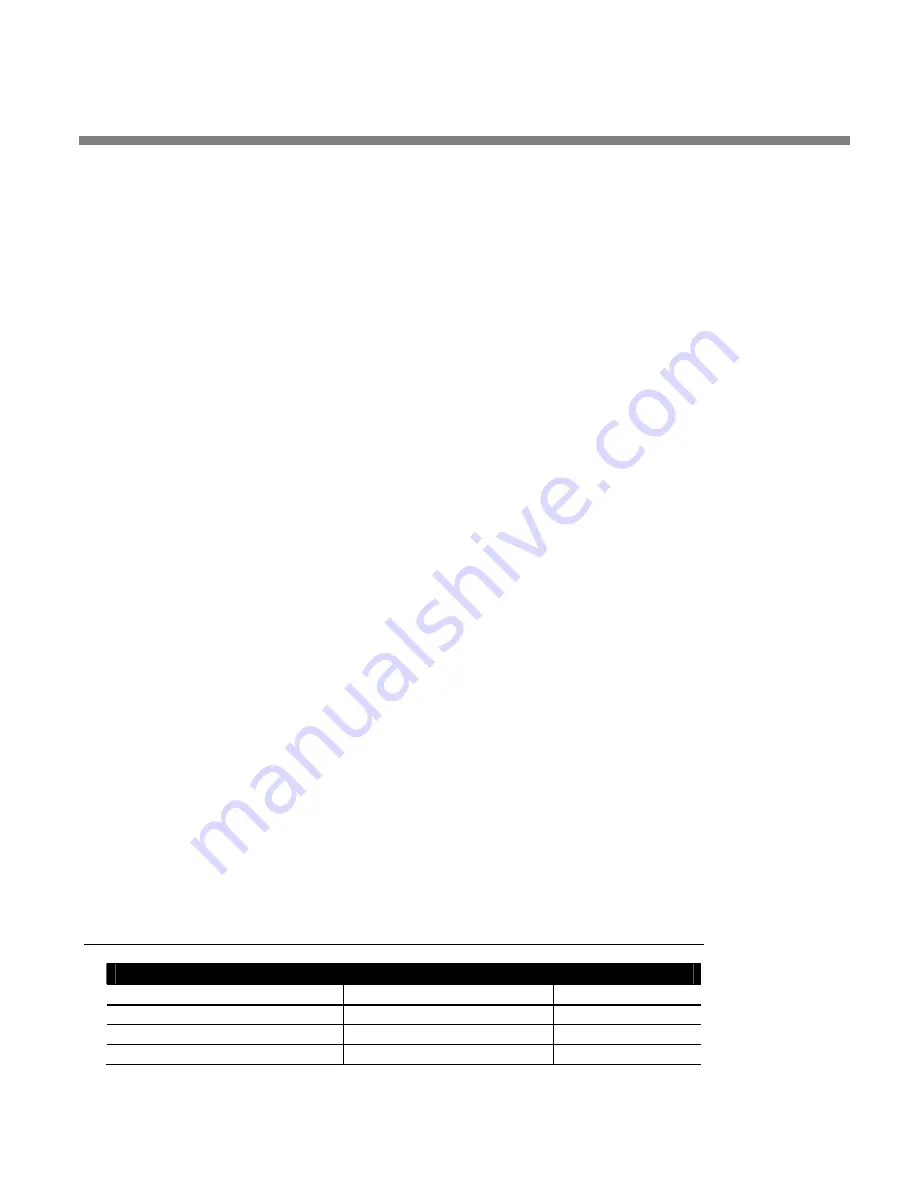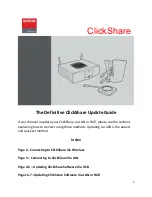
OPTIMOD-FM DIGITAL
OPERATION
3-19
There are three basic structures:
Two-Band,
Five-Band
, and
Ultra-Low latency
Five-Band
. To select a structure, choose a factory preset having the desired struc-
ture, and, if you wish, edit it to create a user preset.
Two-Band
is a versatile structure that can be configured to provide purist, phase-
linear processing. When correctly configured it can be used for protection limiting
and we provide two presets that use it for this. It is also used for the
CLASSICAL-2
BAND
presets.
Five-Band
is the basic structure used for popular music in its many variations. Be-
cause it provides effective automatic re-equalization of program material, it is also
used for news, talk, and sports.
The stereo enhancer, AGC, equalizer, and “back end” clippers are common to both
Two-Band and Five-Band processing and therefore stay the same when the 8500S
switches between two-band and five-band operation. However, different controls
appear in the screens containing dynamics processing controls, as appropriate for
Two-Band or Five-Band multiband compression. The meters also change functional-
ity to display the Two-Band or Five-Band gain reduction.
Ultra-Low-Latency Five-Band
reduces the input-to-output delay of the processor
to about 3.7 ms at the cost of a less favorable tradeoff between loudness, bright-
ness, and distortion than the other presets. It is comparable in performance to Op-
timod-FM 8200 version 3.0 except that the clippers run at 256 kHz sample rate and
are anti-aliased, and it offers the same stereo enhancement, equalization section,
advanced-technology AGC, composite limiter, and multiplex power controller as the
other 8500S structures.
The only way to create an ultra-low latency user preset is to start with a
“UL” factory preset and then edit that preset. “UL” user presets cannot
be directly converted to low latency or optimum latency presets because
the preset customization controls are different—UL presets have fewer
available controls because of the difference in processing structure.
Unused structures operate constantly in the background, so switching between
structures occurs with a seamless cross-fade. Unlike older Orban processors like the
8200, no DSP code is reloaded and no audio mute is necessary.
Factory Programming Presets
FACTORY PROGRAMMING PRESETS
Preset Names
Source Preset
Normal Less-More
PROTECT-0DB PROTECTION-0DB
2.0
CLASSICAL-2 BAND
CLASSICAL-2 BAND
5.0
CLASSICAL-2B+AGC CLASSICAL-2B+AGC
5.0
Summary of Contents for OPTIMOD-FM 8500S
Page 1: ...Operating Manual OPTIMOD FM 8500S Digital Audio Processor Version 1 0 Software...
Page 7: ...Operating Manual OPTIMOD FM 8500S Digital Audio Processor Version 1 0 Software...
Page 26: ......
Page 56: ......
Page 164: ......
Page 308: ......
Page 310: ...6 28 TECHNICAL DATA ORBAN MODEL 8500S CONTROL BOARD PARTS LOCATOR...
















































